Excellent performance starts from the ground up…literally. Arena footing can play a large role in both your horse’s performance and soundness. In this article, we’ll explore how and why.
Superior arena footing should be:
– shock absorbent
– cushioned
– shear strength
What does shock absorbance and cushioning mean?
Science data has shown, that at a normal gallop, a 1,200-pound horse impacts the ground with an impressive 1,400 pounds per square inch. Without good shock absorption, cushioning, and traction, an inferior arena footing puts a horse at risk of injury.
Repetitive movements, like jumping a whole course or canter work in dressage training require an ideal arena surface to prevent risk of injury to ligament, joint issues and muscles.
Cushioning, shock absorption and traction in arena footing are vital for the soundness of your horse.
At a nice, cadenced trot, the horse should only utilize the top inch of the footing while the 2-3 inches below remain stable and act like a cushioned mattress. During canter work, the impact force of the horse’s legs is a lot higher and the shock absorbing and shear strength requirements of the arena footing are increasing.
What does shear strength of the arena surface mean?
The shear strength of the arena footing is defined as its ability to resist vertical and horizontal forces.
For example: During a tight rollback turn in a jumping arena, the arena footing should not give out when the horse’s hooves push against it to make this turn, but also should not be hard and hence slippery.
A quality arena footing provides the right balance of shock absorbing properties while remaining stable. It sounds a bit contradicting, but that’s where your arena footing specialist comes in.
Correct choice of sand and sand additives are imperative!
The most important ingredient of good arena footing are the right choice of the sand and sand additive.
It is important to understand the physics of the sand – it is not enough to educate yourself about angular and sub-angular sands. Therefore, it’s best to consult with an expert who understands different sands and their behavior under different circumstances. Always contact an arena footing specialist in your area before making the purchase from your quarry. Your local quarry might not be the best choice for the ideal sand.
Sand Additives: 90% of all sands do require a sand additive to achieve the 3 attributes of a quality arena surface: shock absorbance, cushion, and shear strength.
FSGeoTEX sand additives, with it’s synthetic fibers and geotextile blend, is our most versatile footing! It creates cushion, yet stabilizes your sand.
Maintenance of your arena footing is essential to keeping it and your horse performing at their best.
Watering and dragging the horse arena footing is on the top list for daily maintenance.
Did you know that how much water and the way you groom your arena footing plays a huge part in how deep or firm it rides?
A lot of water on good sand makes the arena surface firmer; with less water you can control riding on a softer arena footing.
With a regular, standard arena footing consisting of a good sand and synthetic sand additives you can control the firmness and looseness of your arena footing, so it remains variable.
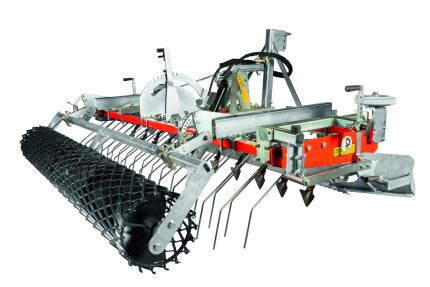
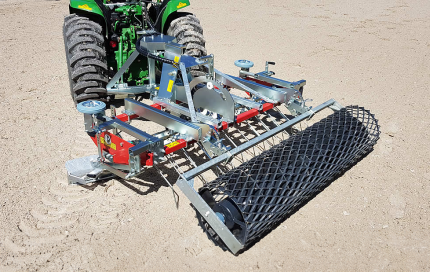
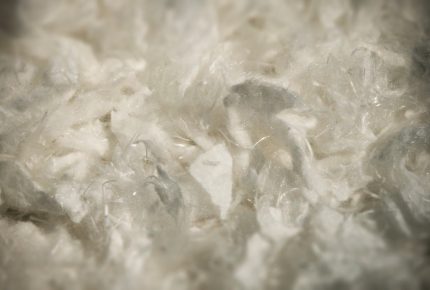
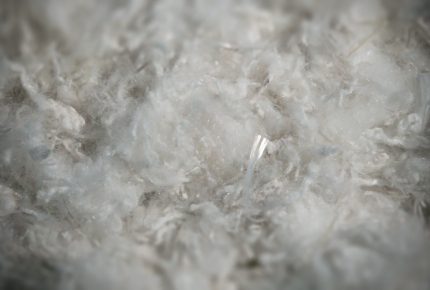
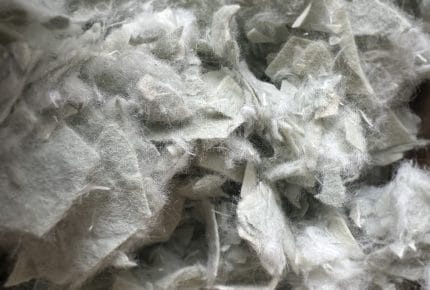
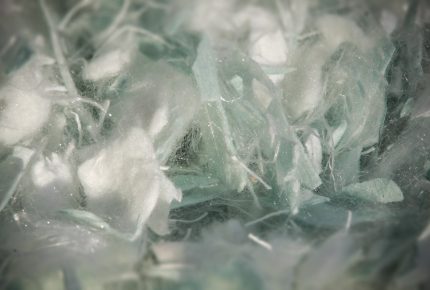
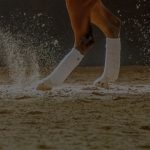 Geotextile Arena Footing
Geotextile Arena Footing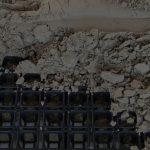 Ground Mats and Grids
Ground Mats and Grids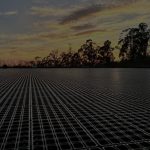 Subsurface Irrigation
Subsurface Irrigation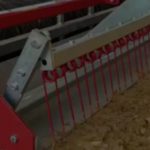 Arena Drags & Groomers
Arena Drags & Groomers Mirrors and Kickwall
Mirrors and Kickwall Horse Wellness
Horse Wellness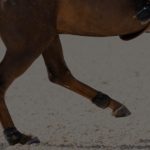 Dust Control
Dust Control